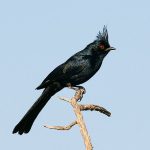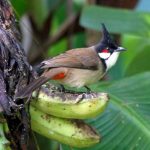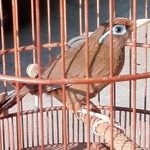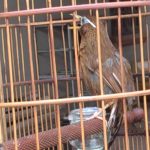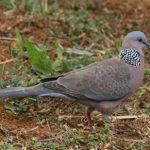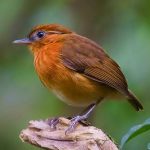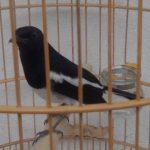Phainopepla
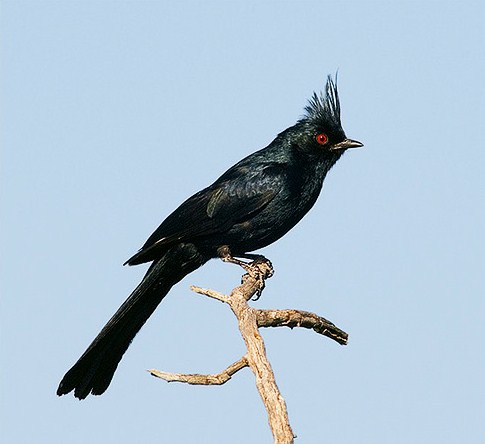
Phainopepla nitens
 |
| Photo by Richard Ditch (Science Blogs) |
Common name:
phainopepla (en); papa-moscas-brilhante (pt); phénopèple luisant (fr); papamoscas sedoso (es); trauerseidenschnäpper (de)
Taxonomy:
Order Passeriformes
Family Ptilogonatidae
Range:
This North American species is found in the south-western United States, in central California, southern Nevada, southern Utah, southern New Mexico, and western Texas, and then south into Mexico.
Size:
These birds are 18-21 cm long and have a wingspan of 21 cm. They weigh 18-28 g.
Habitat:
The phainopepla is mostly found indesert ecosystems, usually in washes, riparian areas, and other habitats that support arid scrubs. Near coastal areas they prefer oak chaparral and riparian oak woodlands.
Diet:
They mostly eat the berries of the mistletoe Phoradendron macrophyllum, but also other berries. In periods of low berrie availability they will also eat small flying insects.
Breeding:
Phainopeplas breed in April-June. The nest is a small, shallow, woven cup of twigs and fibres, placed on a tree limb or fork, or in a clump of mistletoe, typically 2-5 m above the ground. The female lays 2-4 light grey eggs which are incubated by both the male and female for 15 days. The chicks are fed by both parents and fledge 18-19 days after hatching.
Conservation:
IUCN status – LC (Least Concern)
This species has a very large breeding range and a global population estimated at 4 million individuals. This species seems to have had a stable population trends over the last 40 years.
